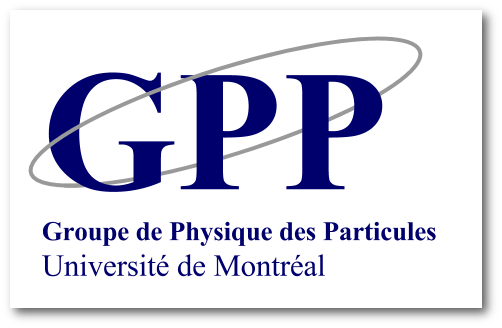You are here
What is the "Lee-Wick Standard Model"
In the late sixties, T.D. Lee and G.C. Wick realized that the use of states with negative norm (complex energy) could remove the divergences found in QED when one attempted to compute mass differences between different hadrons in the same isospin multiplet. However, it was known that the use of such states could lead to inconsistencies with the unitarity of the S-matrix. Lee and Wick found a way to avoid formally this difficulty at the cost of introducing violation of microcausality (only detectable at short time scales). A couple of years ago, B. Grinstein, D. O'Connell and M. Wise built a model based on Lee and Wick's ideas. The "Lee-Wick Standard Model", as the authors named it, cures the quadratic divergence associated with the Higgs mass (hierarchy problem) by appealing to a cancellation mechanism that uses negative-norm states. The model becomes in this way a possible extension of the Standard Model to be probed in future experiments. In this talk, we will review the foundations of Lee and Wick's original proposal making emphasis on the unitarity and causality issues. We will study next the solution to the hierarchy problem in the Lee-Wick Standard Model and learn about the particle content and the interactions of this theory. Finally, we will analyze some of its phenomenological aspects, like experimental signatures of Lee-Wick particles at the LHC, constraints from electroweak precision tests and, perhaps, something else.

